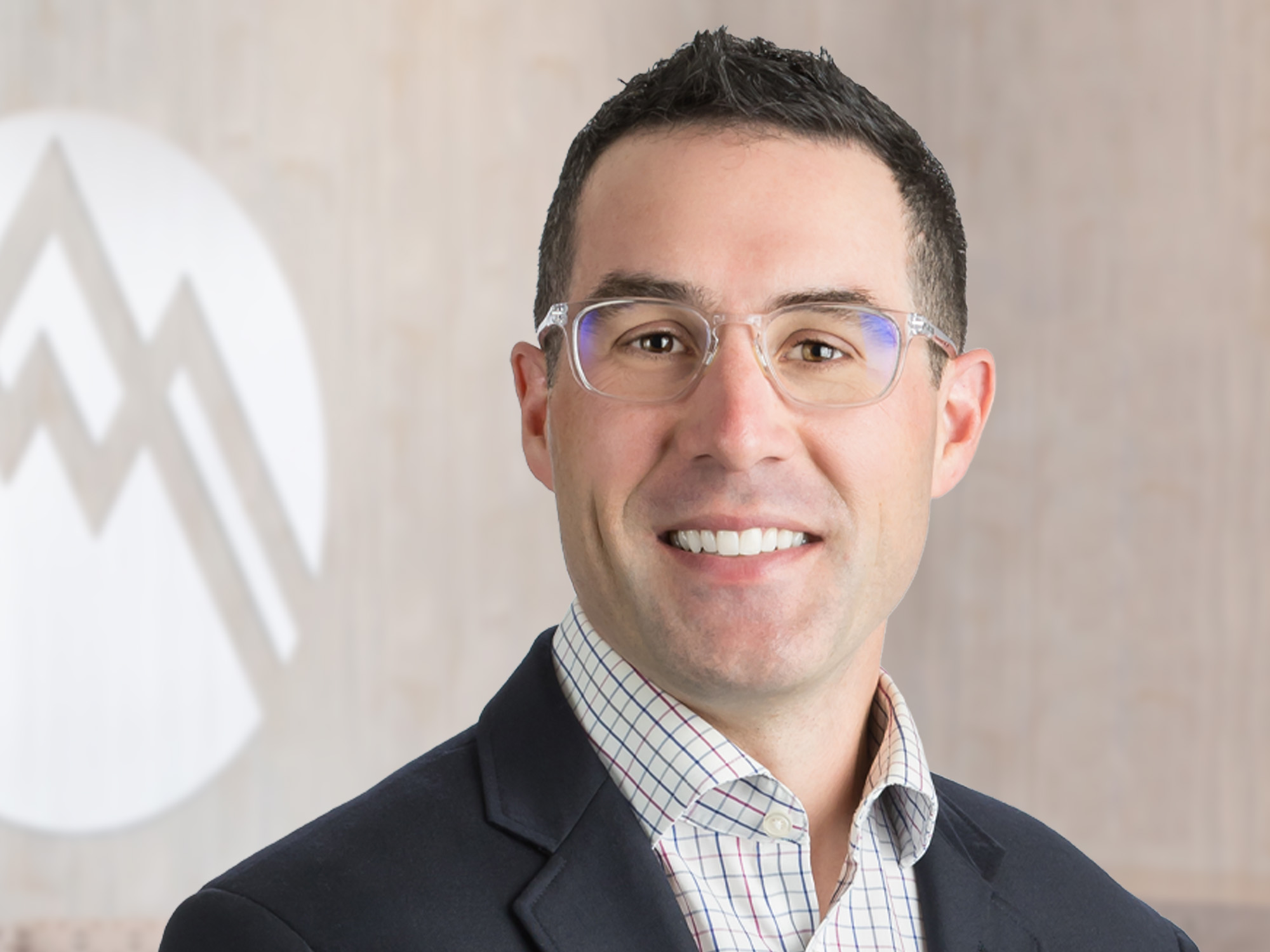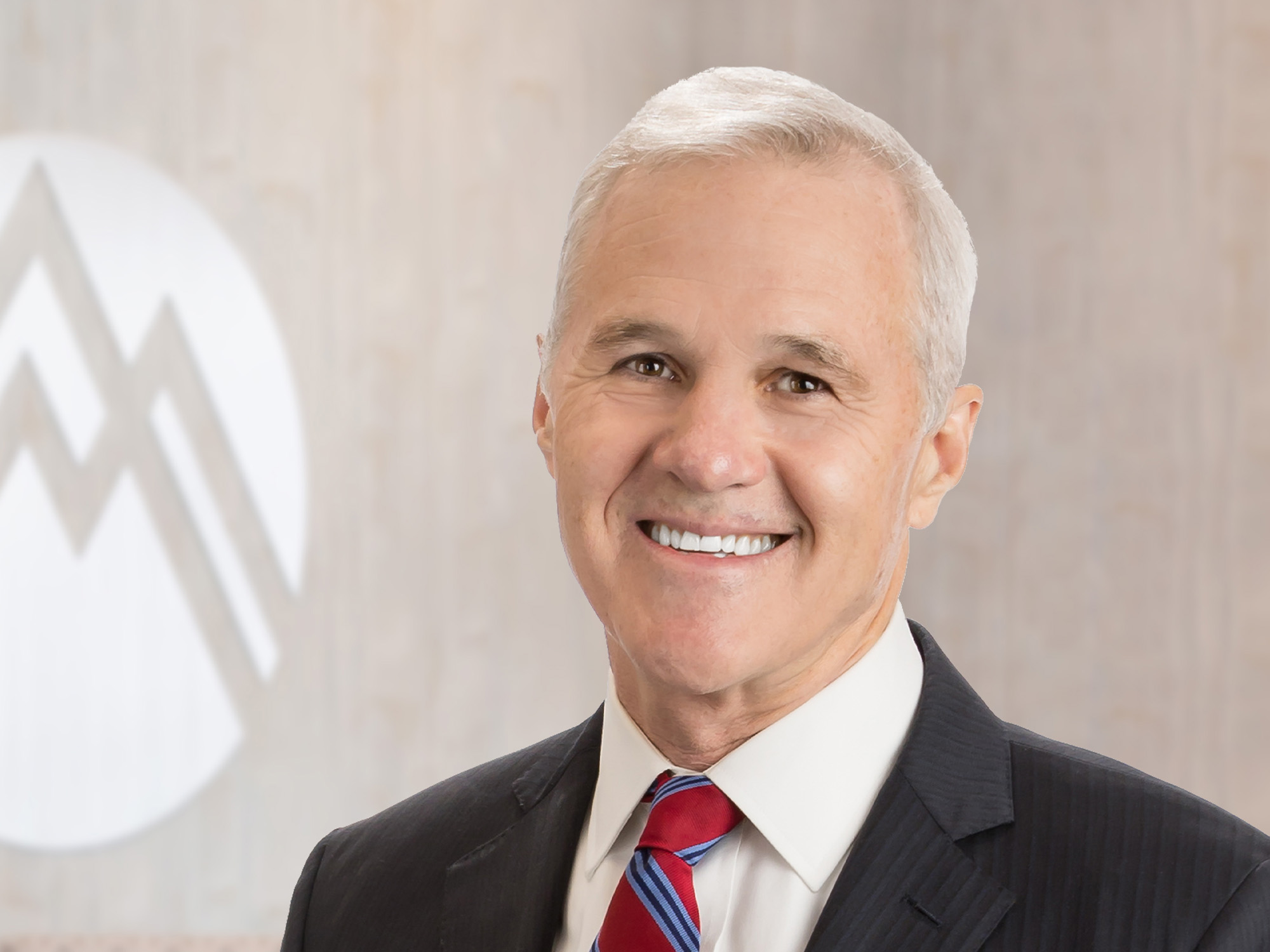Ask the Expert: Sports Medicine Video Series
About the video: How do I know if my child has a fracture?
Listen to Summit Orthopedics’ experts share some tips for worried parents to help them determine whether a trip to the doctor is the right plan. Featuring sports medicine specialists, Brent Warner, M.D., and now retired, Peter Daly, M.D.
Meet Brent Warner, M.D.
Dr. Warner’s approach: “As an athlete, I understand the profound impact that an injury can have on a patient’s life and well-being. My goal is to return people to activity as quickly and safely as possible, whether that’s training for an ultramarathon or walking the dog around the block.”
Dr. Warner’s education: Dr. Warner received his undergraduate degree from Duke University in Durham, NC. He completed his medical doctorate at the Ohio State University College of Medicine in Columbus, OH, and his residency took place at the University of North Carolina in Chapel Hill, NC. For advanced fellowship training, he attended the Steadman Philippon Research Institute in Vail, CO.
Summit Orthopedics offers comprehensive sports medicine expertise
From Olympians to pro athletes to kids in youth sports and those that just want to be more active—Summit Orthopedics delivers expert care by fellowship-trained sports medicine physicians. If you are recently injured or concerned about ongoing pain, Summit Orthopedics sports medicine specialists have the expertise to evaluate your discomfort and develop a plan to quickly and safely help you get back to being active.
Start your journey to stronger, healthier athletic condition. Find your sports medicine expert, request an appointment online, or call us at (651) 968–5201 to schedule a sports medicine consultation.
Summit has convenient locations across the Minneapolis-St. Paul metro area, serving Minnesota and western Wisconsin. We have state-of-the-art centers for comprehensive orthopedic care in Eagan, MN, Plymouth, MN, Vadnais Heights, MN, and Woodbury, MN, as well as additional community clinics throughout the metro and southern Minnesota.
More resources for you:
Video Transcription
You know a lot of fractures, if they’re severe enough, if the bones have become displaced enough, they’re pretty obvious. You’ll see a lot of swelling, a lot of bruising, sometimes things look like they’re out of alignment. And those ones are easy to diagnose, you oftentimes don’t even really need an x-ray. But some can certainly be more subtle. The ones that are maybe less severe or less displaced, those are the ones that can go unrecognized initially. And so what I like to tell patients is if they have an injury that they may initially think is just, you know, a sprain or something and that pain doesn’t start getting better after a day or two or it continue to get worse over those first few days, those are red flags. And that’s something they should come in for and get an x-ray. If the child can really localize their pain to one specific area of their forearm, for example, or their wrist and you can push on that area and it is markedly tender over that, then there is some risk for fracture.

